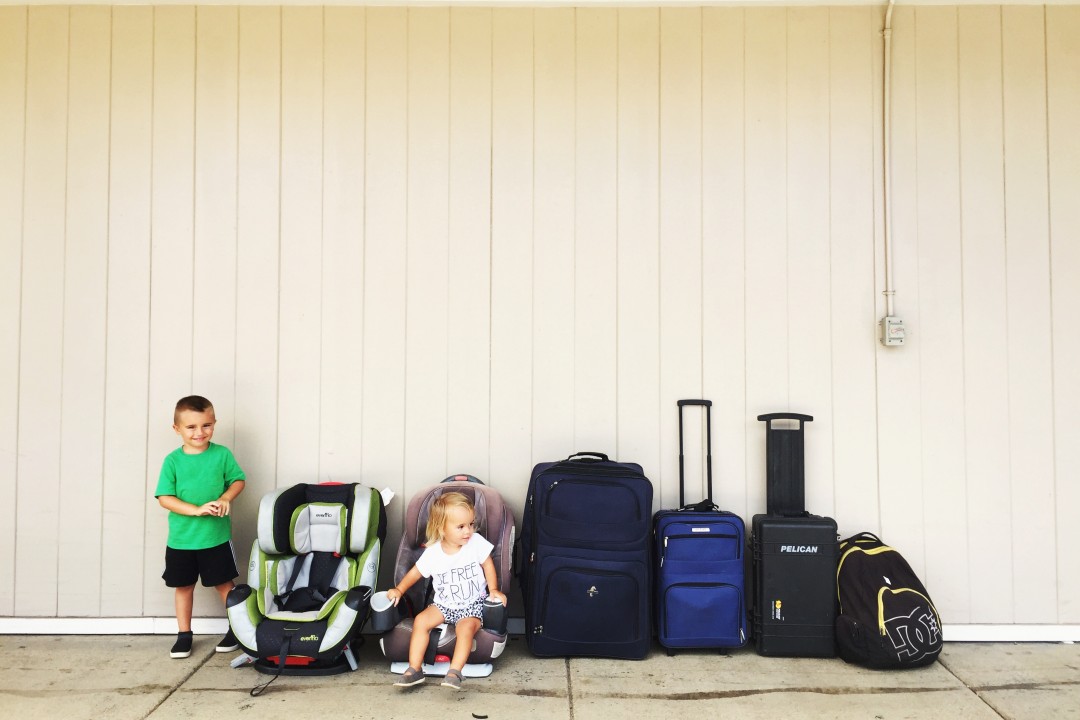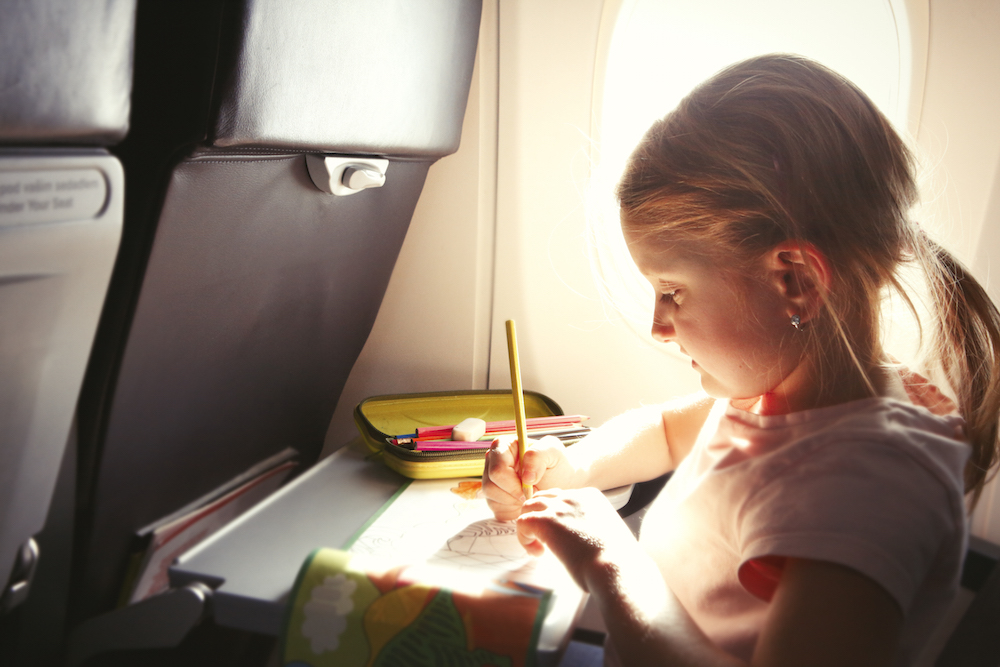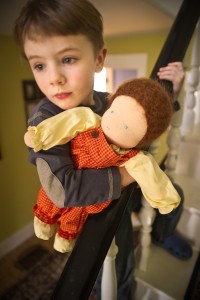Parents often become concerned when their child learns about guns for the first time and starts playing shooting games.
In this week’s “Sunday with Sarah,” video, I address the topic of kids and weapon play: why children (particularly boys) pretend to play with guns, ways it can be addressed, and how to meet a child’s need for weapon play in a less threatening way.
Click the image above to view.
As always, please leave your comments and questions below, and I may answer your question in a future video!
Have a week full of safe and healthy play!

PRODUCTS FEATURED IN THIS VIDEO:
P.S. If you’re enjoying these videos, be sure to visit the Sunday with Sarah YouTube Channel and click SUBSCRIBE!
CORRECTION: I’m afraid that there is some outdated information in this video. In it, I mention a surge in testosterone that occurs in boys at around the age of four, however recent research has questioned this previously accepted theory. For more information, see this recent article on the subject: Do Boys Really Have a Testosterone Spurt at Age Four?. Whether or not it is caused by a surge in testosterone, what is clear is that at around the age of four, it is not uncommon for preschool boys to start becoming interested in more active, physical play.
VIDEO SYNOPSIS:
Healthy kids are often drawn toward violent gunplay. Guns are fascinating for young boys and, considering the massive amount of media dedicated to the weapons, it’s no surprise that kids emulate the violence they observe in their own play.
As the parent of two grown boys, I completely sympathize with parents who are concerned when their children develop this fascination. It can be concerning when your kids are pretending to shoot imaginary (or real) enemies. Does this mean they’ll grow up to be violent? Should we allow our children to indulge in such play?
Over my 20+ years as a Waldorf early childhood teacher, I can first and foremost assure you that this kind of play is completely normal. All boys participate in it to varying degrees and, unless your child has taken the additional step of actually committing physical violence toward others, you can rest assured that you’re simply witnessing normal behavior.
So why are kids, boys especially, so drawn to guns? It’s a complicated question with no easy answer, but one reason I would suggest is that guns give children a feeling of control. Kids are rarely in control of anything; their parents, teachers and older siblings all exert authority over them. Pretending to fire a gun satisfies a child’s urge to be in control of something.
While I would strongly discourage providing toy guns for children, I would also caution parents against trying to completely eliminate gun play. The most compelling reason for this is that it’s nearly impossible! Children’s imaginations are simply too strong to combat: a stick, a wooden spoon, even a finger can become a make-believe firearm.
Ground rules regarding gun play should be enforced, however. In my classroom, the rules were that children could pretend to fire guns but they must do so outside and they must never point it at another person. Trees, rocks, imaginary foes and other non-living targets were fine. Not only did this keep gun play from becoming too menacing, threatening or non-inclusive, it actually followed some of the basic safety precautions of real firearm handling.
All this being said, there is one way of discouraging gun play: by providing the alternative of sword play.
Sword play might seem, at a glance, to be no different from gun play. They’re both lethal weapons, right? While that’s true, there are some important differences in the way children play with them and I’ve found that sword play is much more productive.
The single biggest difference between guns and swords are the stories they evoke. When children engage in imaginative play, they’re really telling stories. As all storytellers do, they borrow from the stories they’ve already heard.
So when a child plays with a gun, they’re going to imitate the gun-related stories they’ve heard or seen before. Flip through the TV channels or watch an action movie and it becomes quite clear that guns are most often (not always, of course) associated with stories involving massive amount of indiscriminate violence.
Swords, on the other hand, are more likely to be portrayed within the context of chivalry and honor, in stories about knights, dragons and castles. While there’s no denying that these weapons could be just as deadly and used just as indiscriminately as a gun, the simple fact is that the stories we pass on about them are much more gentle and focus on good triumphing over evil. And that’s the kind of play they inspire!
Swords can still be hurtful and dangerous, so it’s equally important to treat them with respect. In my classroom, children could only play with toy swords after completing a knighting ceremony. They would wear a rainbow cape and a crown and sit on a special branch. Then I would recite and they would answer:
MISS SARAH: John Andrew Young, have you been good?
CHILD: Oh, yes.
MISS SARAH: Have you been true?
CHILD: Oh, yes.
MISS SARAH: Have you heard the stars singing in the sky?
CHILD: Oh, yes.
MISS SARAH: Here is your sword. Use it for right, to carry the light, not for some silly quarrel or fight.
At this point I would tap the child with the sword on each shoulder before handing it to them. This ceremony really helped the children understand that wielding a sword was a privilege and responsibility.
While I did allow children to mock sword fight, I strictly enforced the rule that sword blades could never be used against another person. The swords could hit each other, but not a human.
I hope this helps. Leave your comments and questions, and I’ll see you next time!







